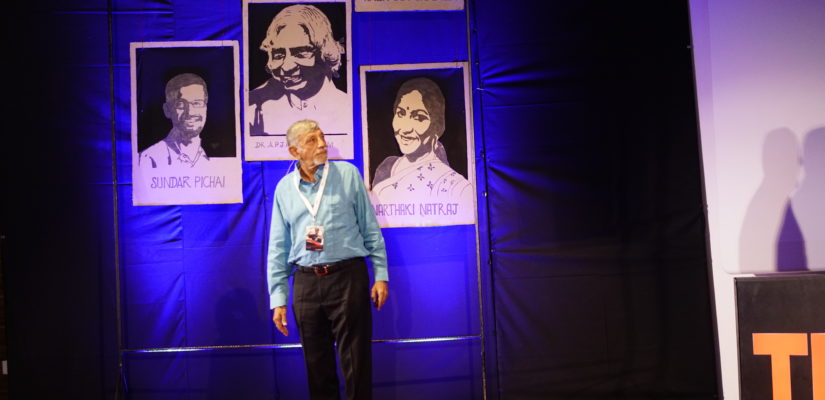
Anniversary of merger of J and K into the Indian union Khabarhub (Nepal portal) 06 Aug 2020
Anniversary of merger of J and K into the Indian union Khabarhub (Nepal portal) 06 Aug 2020
05 Aug 2019 will be remembered as the day when J and K changed for the better. It was the day when article 370 and along with it, article 35A, vanished from the Indian constitution. The government had anticipated violence and political protests, hence prepared in anticipation. It deployed additional forces, enforced curfew and blocked mobile connectivity. Leading political luminaries of the state were placed under detention.
Internationally, there were objections from Pakistan backed by China. Pakistan claimed this decision was against UN rulings on its disputed status and it gave India an opportunity to change demography of Kashmir. A few global politicians and human rights groups protested on internet curbs, incarceration of political leaders and media restrictions. Internally, objections came from some political parties. Most global powers and organizations stood by the Indian decision and were satisfied when assured that all curbs would be lifted with time. These have almost all been lifted, and political detainees freed less Mehbooba Mufti.
The change of status in J and K made over 800 central laws, till now blocked by the state, applicable benefitting large sections of society. With central laws enforced, 164 state laws were repealed and 138 modified. Major laws and acts now applicable include rights to scheduled caste and tribes, right to education for children, maintenance and welfare of parents and senior citizens, Panchayat and local bodies election and empowerments as also protection to whistle blowers.
Reservation rules were amended to all-India levels, benefitting many categories earlier ignored by the state. Job vacancies were enhanced including at state level. Domicile was granted to those who were residents but ignored. The centre made announcements to establish education institutions, medical colleges and professional training institutes. 25,000 seats in college education were enhanced in a year.
A year has passed, the region has remained peaceful and witnessed changes with alluded it for over seven decades. Terrorism has reduced with public support and terrorists are on the run. Pakistan’s cries to the world have been ignored, forcing it to adopt cosmetic internal actions to counter India. Pakistan, in a display of solidarity, commenced a national 30 mins silent protest every Friday after noon prayers. It lasted just a day, as its public was unconcerned.
Temperature of dissent and anger in the valley has slowly receded as change was visible. The region has witnessed better governance and a far more responsive bureaucracy. These were the demands of the public but ignored by politicians, who exploited local sentiment for staying in power. With major political leaders and Hurriyat members incarcerated encouraging violence has ceased.
The changed status and placing the region under central rule opened doors for security forces to target extremist ideology, arrest over ground workers, who are the backbone of any terrorist organization and thereby win hearts and minds of the local populace. This has changed the atmosphere. Support to terrorists has dropped, local recruitment has slowed, intelligence inputs increased, adding to success in anti-terrorism operations. Almost all terrorist groups are leaderless. In panic, Pakistan has advised its terrorists to lie low and avoid contact.
Such was the pressure that terrorists were forced to switch tactics. Instead of targeting security forces, they began killing innocent civilians hoping to recreate an environment of fear, which would provide them a free run in the region. The always effective J and K police, despite suffering a few losses, stood its ground and pushed back, and regained control. Supporting this action was a strong counter-infiltration grid at the LoC, which blocked most infiltration attempts.
It has taken time, but coordinated action by security agencies, working in tandem with the state administration, has brought about a change, which alluded the region for over seven decades. It has resulted in a safer and developing Kashmir and enabled the local population to move without fear.
The pandemic has blocked the commencement of some projects, investment seminars and recommencement of tourism. Business deals have been signed, road connectivity is being increased and the region is slowly moving forward. The absence of known political figures opened doors for new faces to emerge, which will change the political landscape in the region, leading to more population responsive governance.
Pakistan, which has been most impacted, as their claims have been rubbished, has been left to pick the ashes of its Kashmir policy. Pakistan’s one year of global screaming had no takers. Chinese attempts to raise Kashmir at the UNSC, on the behest of Pak, met with global resistance. It was alone in its demand for India to reverse its stand.
This year, on the anniversary of abrogation of Article 370, Pakistan has announced a minute of silence (as compared to 30 mins a year ago), renaming of Islamabad’s Kashmir highway as the Srinagar Highway and an address to the POK assembly by Imran Khan. Internally, the Pak government faces intense criticism for its failed Kashmir policy.
There are still shortcomings which the government in Delhi needs to address. Closer interaction with the grassroot level leadership in the valley is essential to enhance confidence and understand domestic problems. Conduct of investment seminars and delay in opening of promised professional institutes would reduce trust in central promises. 4G network in the state must recommence and the government must reconsider converting the Union Territory of J and K back into a state. A year has passed and there will be no turning back. The centre has passed the test. It is now time to push the promises made by the PM.